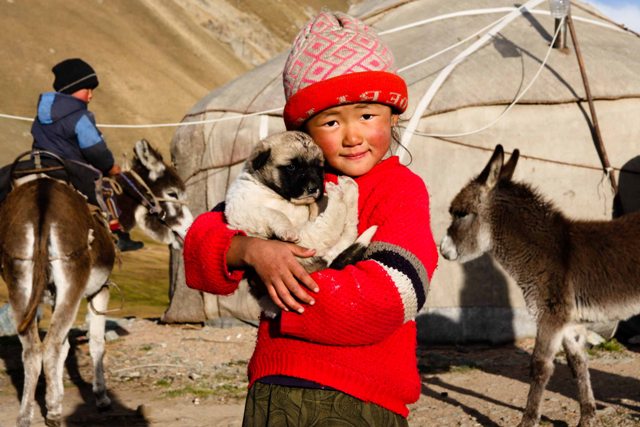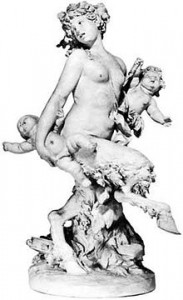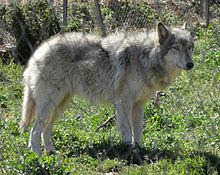Laboratory rats and mice are arguably one of the few deliberately domesticated species bred solely for one purpose, and in a methodical way to arrive at a predetermined goal.
White mice were inbred to produce near genetic uniformity so as to produce a standard mouse on which to experiment. These experiments have ranged from barely invasive to extremely involved. The header image is of mice who have been genetically engineered to glow under UV light, providing a blunt visual of how much control we have over these creatures. There are of course regulations on how laboratory animals are to be treated. If test subjects have to be killed, it is done humanely and as painlessly as possible. It was interesting to note in the Shapiro reading that when test mice were named the name was transferred to the subject’s successor. This reminds me of how other names for animals like Shamu, Jaws, Babar, or Dumbo become associated with all members of that species.
Sociology, psychology, and neurology have much to owe to the development and use of white lab mice, as it led to them becoming closer to hard sciences. With mice to experiment on, these disciplines have been able to test theories and discover how mammalian minds operate as well as how to interface them with technology. Recently mice have been used to test machine-mind interfaces, using the mice no longer as stand ins for human behavior, but human biology. In this way they are no longer used as individual animals, but as so much biological machinery.
An interesting comparison drawn in Shapiro’s writing was that between religious sacrifice of animals and scientific killing with experimentation. In many religions animal sacrifice was deemed necessary to appease gods. This appeasement would in turn garner the gods’ favor in the form of good harvests, the curing of ails, and victory in battle. With scientific research, animals are killed in equal, if not greater numbers in order to further understanding of nature and to improve our standards of living. The difference being that scientific research results in tangible results, while religious sacrifice creates a feeling of improving the situation, and can be a useful diversion or entertainment. In both cases animals are reduced to means to an end, with little consideration for the quality of life for the individual.
In many and diverse ways, experimental domesticated rats and mice have impacted our society. In terms of health, moral outlook, and social understanding.











